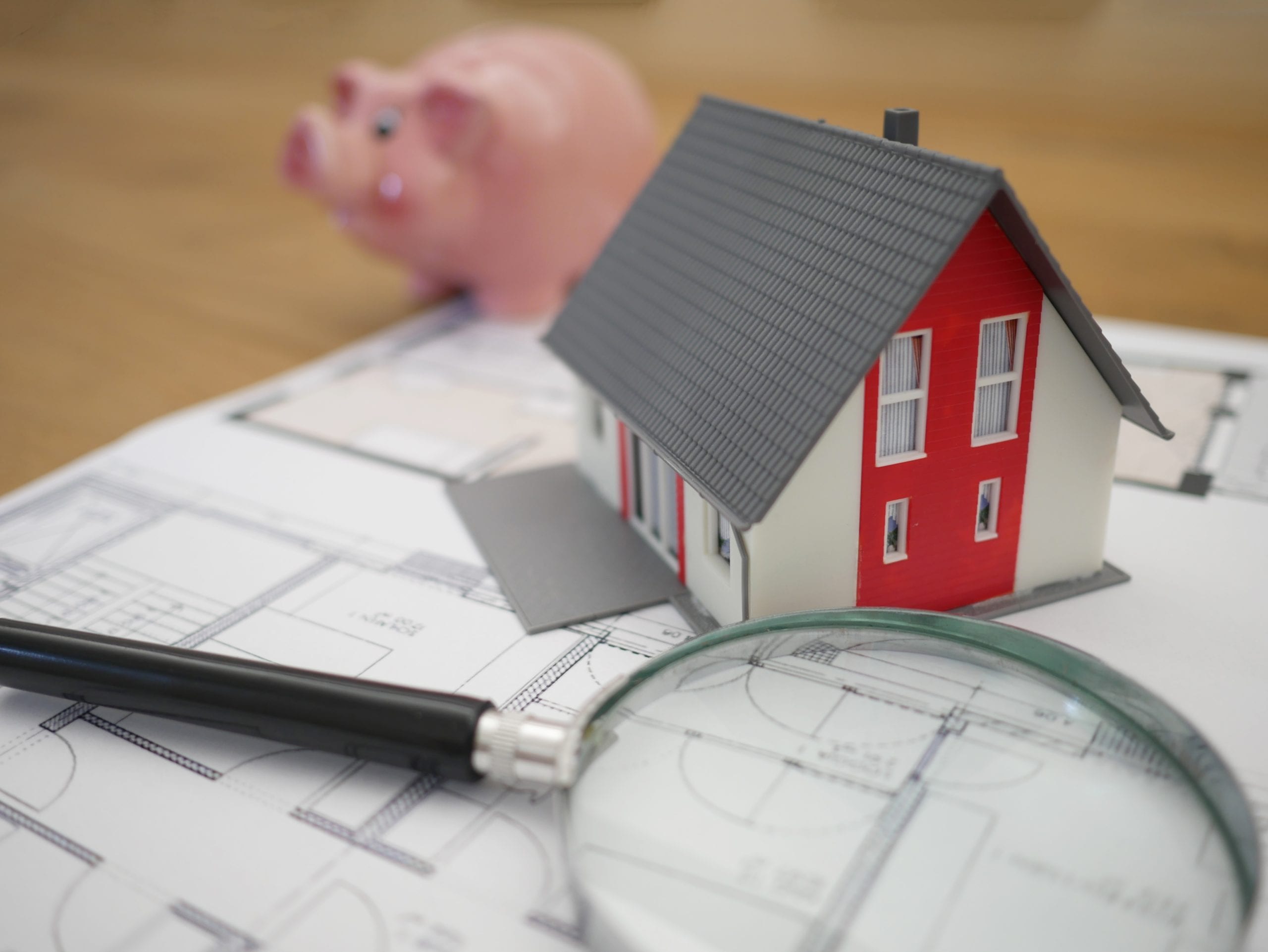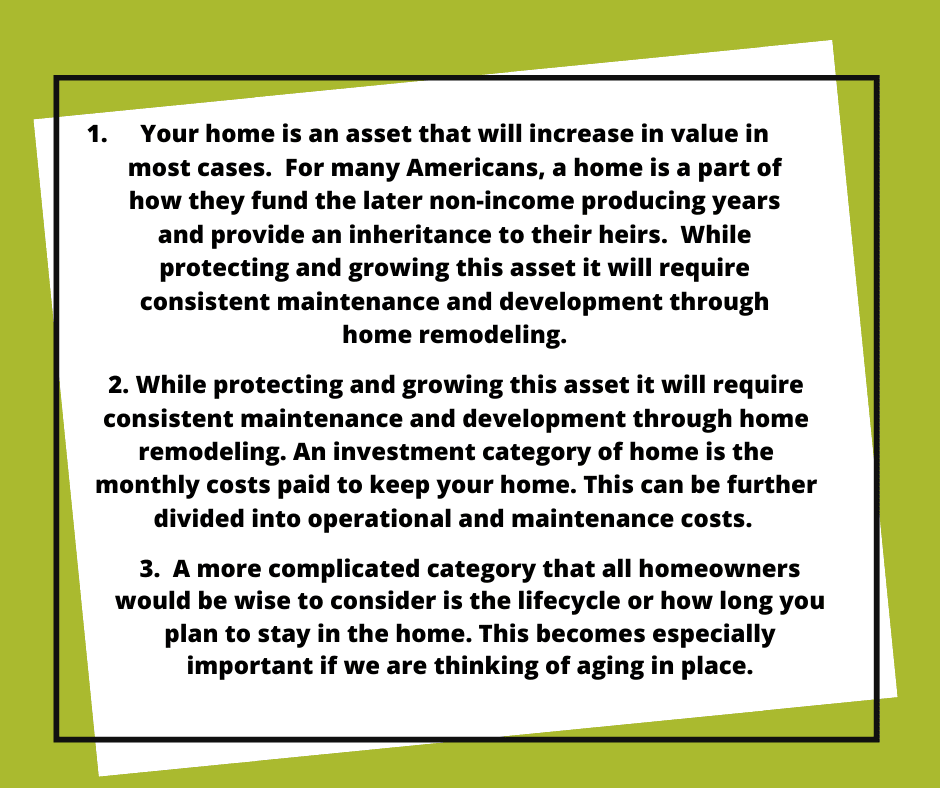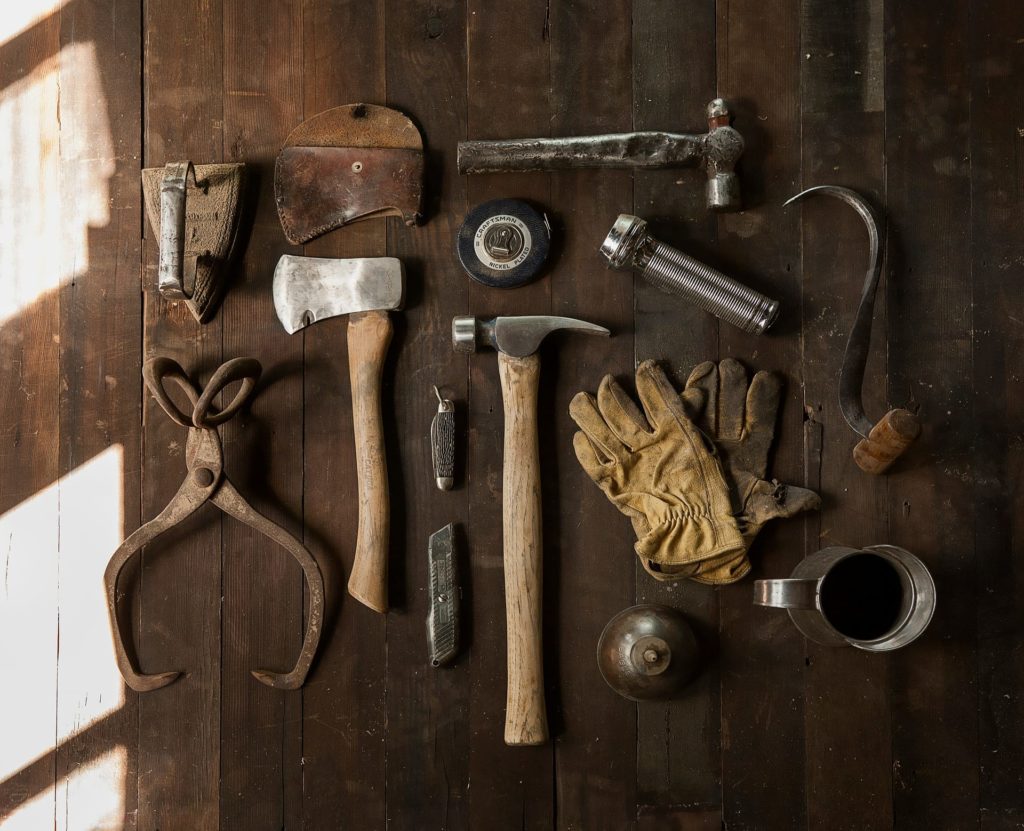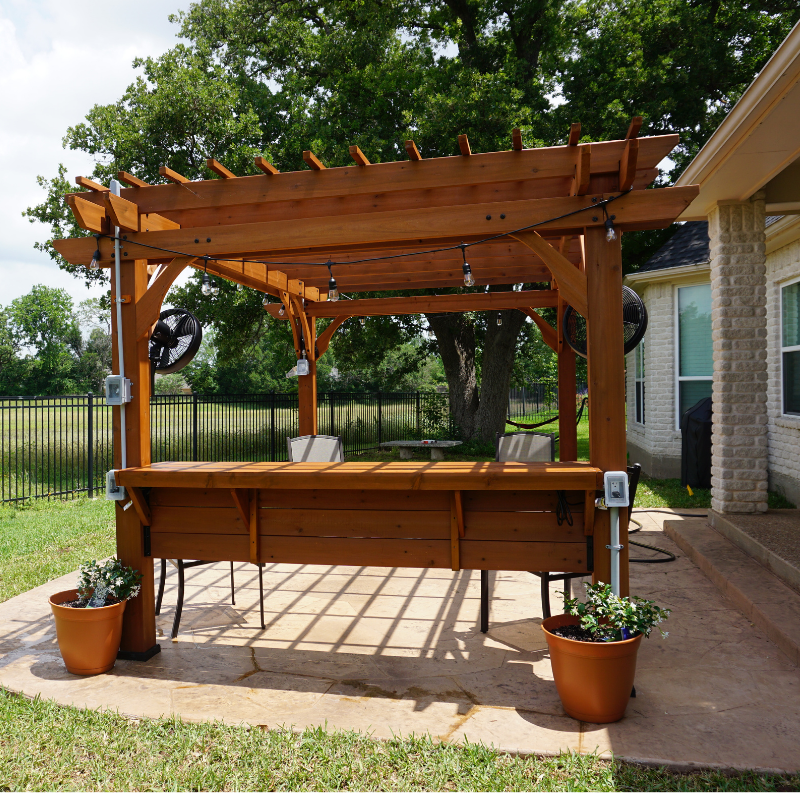For many people, buying a home is the most significant investment in their lifetime. Although, very few people think of their home that way, which can be a costly mistake.
A home is an investment and many other things, including a sanctuary and an expression of who you are. We encourage you to keep those priorities front and center as they bring meaning and happiness to your life.

Luckily, these purposes are not mutually exclusive. You can have a home that is a safe + comfortable refuge, an expression of your unique identity, and a well-maintained investment.
While tending to the investment variable in this value equation involves some straightforward strategies. To do so, it is first helpful to separate the investment in your home into three broad categories.
See below for tips on how to keep your home as a viable asset.
Fix-It First: Protecting Your Home Asset
Your home is like your car and many other physical assets; the more you care for it, the better it will care for you. Taking the best care of your home will require planning, diligence, and for most of us, outside help. Here are some suggestions for healthy home care:
- Regularly scheduled mechanical maintenance: Having your air conditioning and heater serviced twice a year will reduce utility bills, increase the life of your equipment, and avoid frustrating unexpected failures. It is also essential to change your filters.
- Fixing things promptly: Letting problems linger can lead to further damage.
- Check your house’s envelope(outside surfaces) twice a year: This is where unattended repairs can lead to LARGE costs.
Don’t wait until…
- You are getting water in your home to fix your roof.
- Rot has reached the frame of your house to have the wood replaced.
- The paint has peeled to paint your home.

Make It Work: Home Remodeling
Home remodeling returns an increasing value with age. Here is a good resource for the return on investment for home remodeling projects. Here are some guidelines to help get the most out of your remodeling investments:
- Pay attention to design: A poorly designed addition that looks like an add-on rather than an integrated part of the home could devalue a home asset. Make sure the new space is wisely configured to complement the existing floorplan, creating flow and continuity.
- Mind your budget: If your budget is too tight to get what you want, consider waiting until you can afford to do it right. Cutting corners to fit a budget is the best way to create long-lasting regrets. This does not mean that you need to get every desire in your remodel or that you should be overly extravagant. Instead, make sure you don’t have to make too many sacrifices, which could make you unhappy with the finished product.
- Avoid trendy design: This is harder to do than it sounds. Colors, countertops, and floor coverings are fashion elements that change with each season. Imagine walking into your remodeled home ten years from now. Will it seem classic or dated? To keep your home classic, consider reflecting today’s trends in easily changed elements, such as paint colors. Use natural materials whenever possible: carpet fashion changes over time, but hardwood stays stylish. Artificial countertop materials have come and gone, but granite has remained a solid choice.
- Hire quality professionals: Quality remodeling professionals can help you articulate and achieve your goals. You don’t want to go with the lowest bid because most of the savings will come at the cost of quality and durability, both of which will diminish your home investment.
Take preventative measures to protect your assets and get a remodeling job done by professionals. It may feel not accessible at the time, but you will reap the benefits of your decisions for years to come.

















